
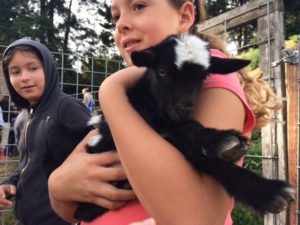
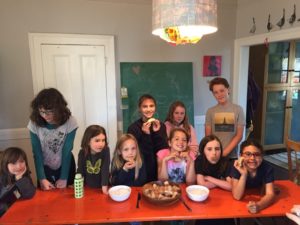
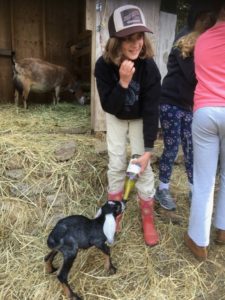
Members learned all about goats, made goat cheese, threw a goat birthday party and helped take care of 2 dwarf Nigerian wethers.
Oct 2016-May 2017




Members learned all about goats, made goat cheese, threw a goat birthday party and helped take care of 2 dwarf Nigerian wethers.
Oct 2016-May 2017
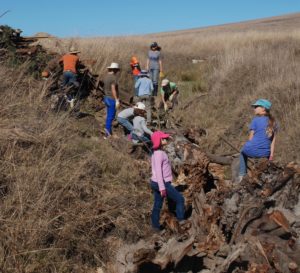
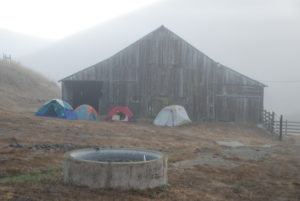
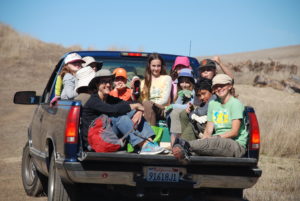
Members camped overnight at SoMar Farms in Petaluma and learned about erosion control and land management on this working cattle ranch. They helped with creek restoration by hauling stones and wood into a creek bed to help stabilize its banks. They also raked and seeded grass, staked wattles and installed plastic silt fencing. After all their hard work, they got to swim in a pond, have a potluck dinner and roast marshmallows around a campfire.
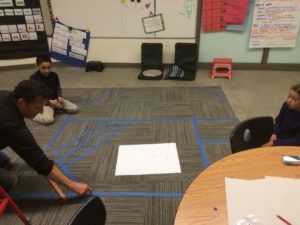

Project members were tasked with designing a chicken coop for a school in Emeryville called Escuela Bilingüe Internacional. They researched different designs and features, visited local coops and asked the school about their needs. They developed 2 design directions, presented their ideas to the school and eventually worked on refining one design, including a construction cost estimate.
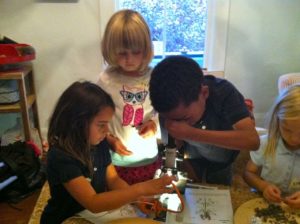
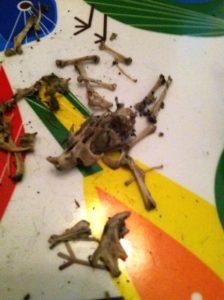
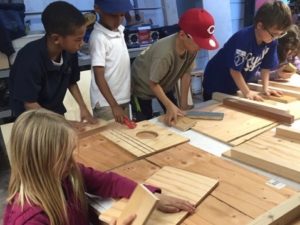
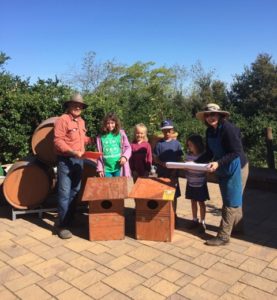
Members learned about owls and their value as natural predators of rodents, instead of relying on rat poisons that harm people and the environment. They dissected owl pellets and then re-constructed the skeletal bones they found. They also built owl boxes and installed them at a winery in Moraga to encourage owls to roost there.
Kids in this project learned basic first aid and wound care and how to recognize health and medical emergencies. They reviewed fire safety and how to treat burns and also got an introduction to wilderness safety during a hike in Redwood Regional Park. They made personal SKIP (Safety Kept In Place) kits as part of earthquake preparedness.
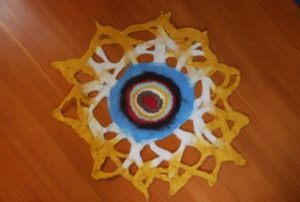
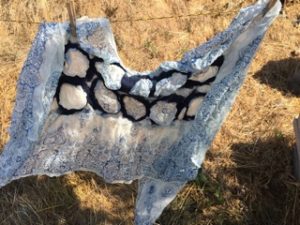
During the first class, kids were introduced to the technique of wet felting by making a colorful table mat using wool, water, and soap. In the second class, they made a scarf using nuno felting techniques. Nuno felting incorporates fabric into wool, again using water and soap.
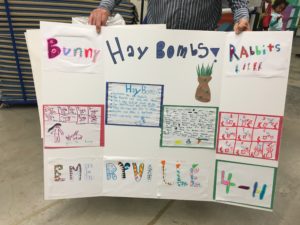
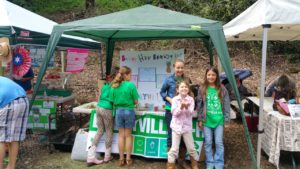
Members learned about different rabbit breeds, rabbit anatomy and how to care for them. They had a visit from Judy from Rabbit Ears Pet Supply and Rescue who talked to them about rabbit care. They also prepared a booth for Small Animal Field Day where they showed kids how to make hay bombs (enrichment toys for rabbits made out of hay).
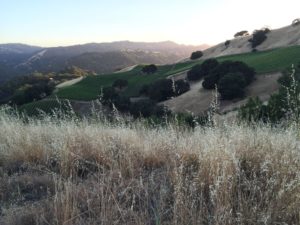

Members learned how to plan for a camping trip: how to select a site, read a map, plan a day hike, what to bring, what to eat and more. They camped for 2 nights in Lake Sonoma.

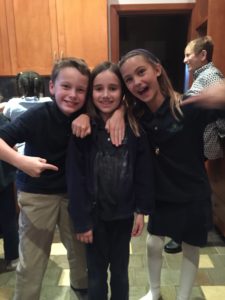
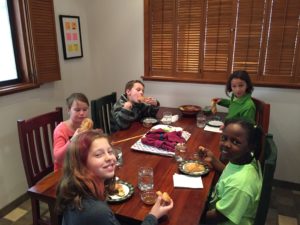
Members learned about different types of breads, what makes bread rise, and why baking is a science. They made banana bread, apple cider doughnuts, milk bread, popovers and Irish soda bread.
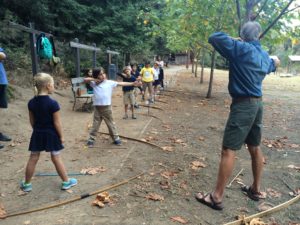
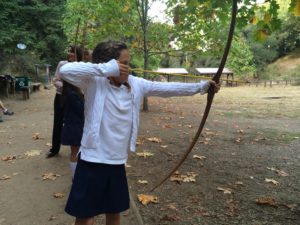
Youth learned about the history of archery, famous archers and parts of the bow. They visited a range and received instruction about how to shoot various types of bows.
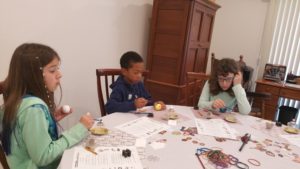
Kids learned about various folk arts that unfortunately may be dying out as there are fewer and fewer people who know how to do them. They made Ukranian eggs, recycled art, corn husk dolls, paper cutting art and jewelry from hole-punched meat trays.
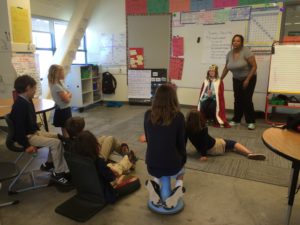
Members learned about how our nation was founded, the Declaration of Independence and the Constitution. They also talked about politics today and local government and learned how to contact their government representatives.

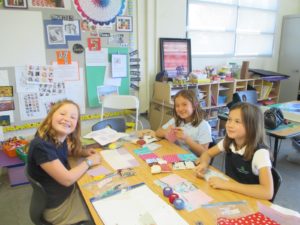
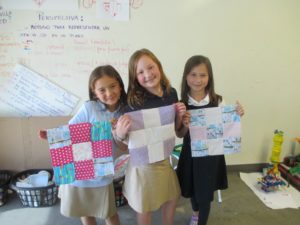
In the quilting project, younger students became familiar with the art of patchwork and hand-quilting. They learned to thread a needle and how to hand-sew a basic running stitch, practiced techniques and skills for hand-sewing two pieces of fabric together accurately, practiced quilt stitches and shared design ideas and materials along the way. They made a patchwork pincushion and a 9-patch block.

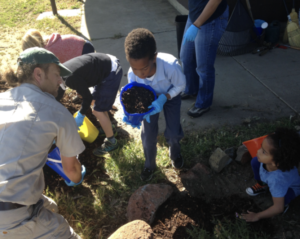
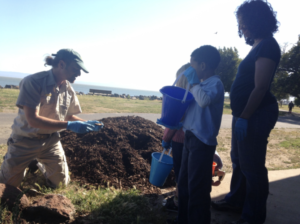
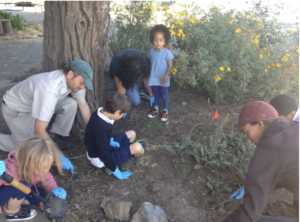
Kids met with a naturalist at Crab Cove in Alameda who gave them a tour of the visitor’s center and talked to them about the surrounding garden, native plants and local ecology. They helped pull weeds, spread mulch, clean up and beautify the garden. Afterwards, they enjoyed a potluck picnic on the beach.
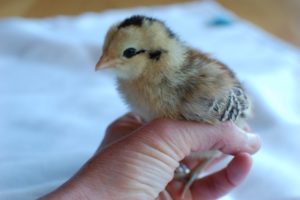

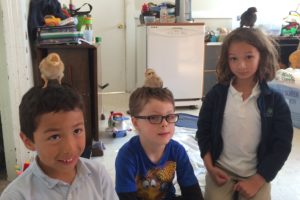
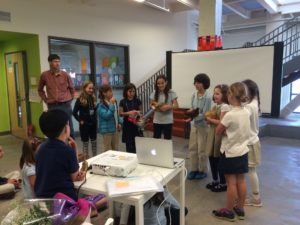
Members in this project learned how to responsibly care for chicks. They raised them for 8 weeks and then donated them to SoMar Farms.
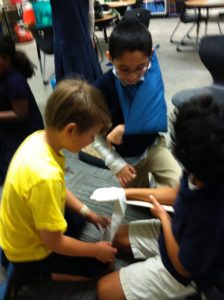
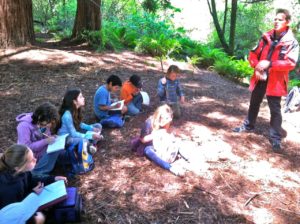
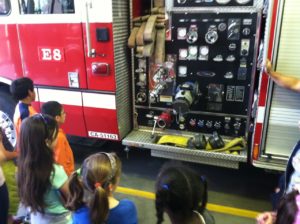
Participants were made familiar with basic First Aid, including planning and creating a first aid kit, recognizing and treating some injuries, and learning the steps to take when faced with an emergency. Kids did needs assessments, learned first aid skills to treat cuts, scrapes, minor burns, nosebleeds, insect and snakebites, and how to respond to someone who is choking, unconscious or has a broken bone. Kids also learned basic wilderness safety and first aid from wilderness leaders during which they hiked into a local park. They visited Oakland Fire Station #8, getting extensive information from firefighters about fire safety, prevention and burn care. Most importantly, kids learned when and how to call for help!
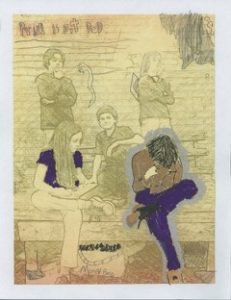
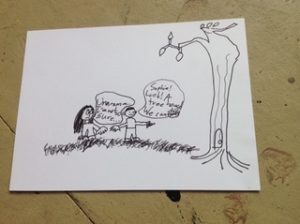
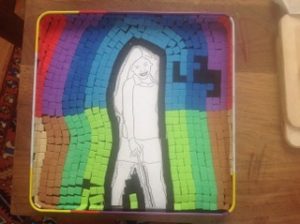
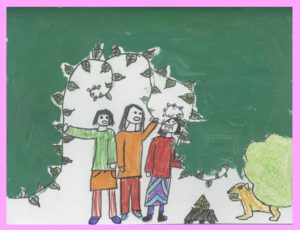

Under the aegis of the Donkey Toes Publishing House, students created and published their own books: IMAGINE IT, WRITE IT, ILLUSTRATE IT, and PUBLISH IT. The idea was to understand what it takes to bring a book from the initial idea to the final execution and how all components fit together to achieve the final goal. It was an exercise in project management, with a multitude of tasks and roles for participants and a strong creative element. The main focus was on developing the skills to create a story from start to finish and learning to support it with illustrations.
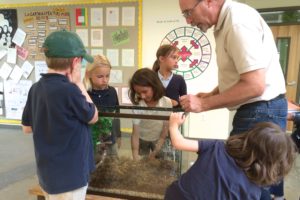
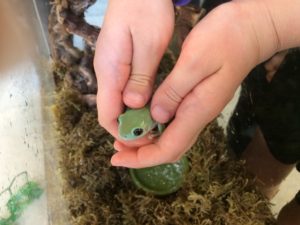
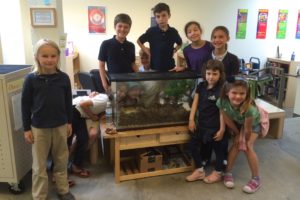
In this project, members learned about different types of frogs, frog anatomy and how to care for them. They raised 2 White’s Tree Frogs and named them Kiwi and Lime. Unfortunately, one of the frogs developed a prolapse and had to be euthanized. The other frog now lives in the middle school science teacher’s classroom at EBI.